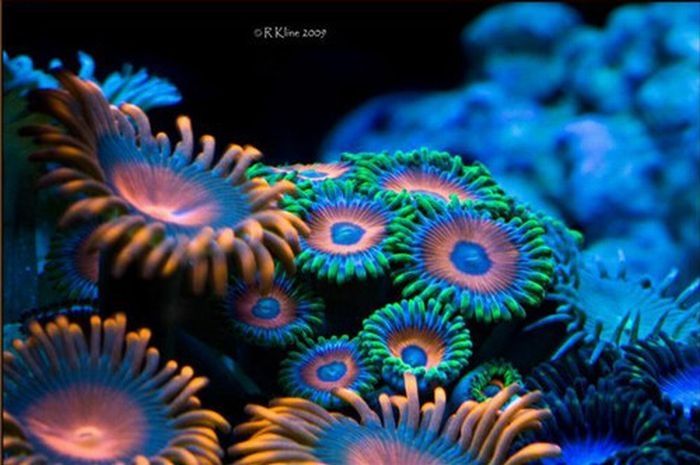|
|
Coral Organisms
|
Seaweed/Algae can destroy a coral reef. In the Caribbean and tropical Pacific, direct contact between ~40 to 70% of common seaweeds and coral cause bleaching and death to the coral via transfer of lipid–soluble metabolites. Seaweed and algae proliferate given adequate nutrients and limited grazing by herbivores. Coral die if surrounding water temperature changes by more than a degree or two beyond their normal range or if water salinity drops. In an early symptom of environmental stress, corals expel their zooxanthellae; without their symbiotic algae, coral tissues become colorless as they reveal the white of their calcium carbonate skeletons, an event known as coral bleaching.
Many governments now prohibit removal of coral from reefs and use education to inform their populations about reef protection and ecology. However, many other human activities damage reefs, including runoff, mooring, fishing, diving, mining and construction.
Coral's narrow niche and the stony corals' reliance on calcium carbonate deposition makes them susceptible to changes in water pH. The increase in atmospheric carbon dioxide has caused enough dissolution of carbon dioxide to lower the ocean's pH, in a process known as ocean acidification. Lowered pH reduces corals' ability to produce calcium carbonate, and at the extreme, can dissolve their skeletons. Without deep and immediate cuts in anthropogenic CO2, many scientists fear that acidification will severely degrade or destroy coral ecosystems.
|
|









